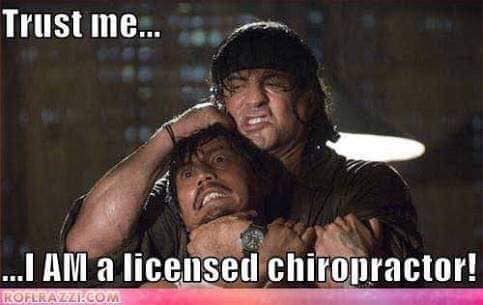Three Kinds of Quackery
Chiropractic, Palm Reading, and Acupuncture
THE PSEUDO SCIENCE OF CHIROPRACTIC COMES ENTIRELY FROM SEANCES THAT PALMER ATTENDED.
IN THE SEANCES, HE MET ONE DEAD DR. ATKINSON WHO COMMUNICATED IN HIS BURBLINGS
FROM BEYOND THE ENTIRE QUACK SYSTEM OF NONSENSE.
Chiropractic theory is rooted in the notions of Daniel David Palmer, a grocer and "magnetic healer" QUACK
who postulated that the basic cause of disease was interference with the body's nerve supply. He was an antivaxer
as Chiroquacktry has it that almost all if not all diseases are caused by imaginary maladjustments of the spine.
.

Fill in the speech balloons.
SEARCH BY TOPIC
GO TO MENCKEN ON CHIROQUACKTRY
PRESTON LONG'S BOOK ON CHIROPRACTIC
Chiroquacktric Magic Wand Device
Home
QUACKS PAGE
Go to Correspondence Pag

IT'S ALL THE SAME NONSENSE FOR THE GULLIBLE.
CLICK TO ENLARGE THE NONSENSE
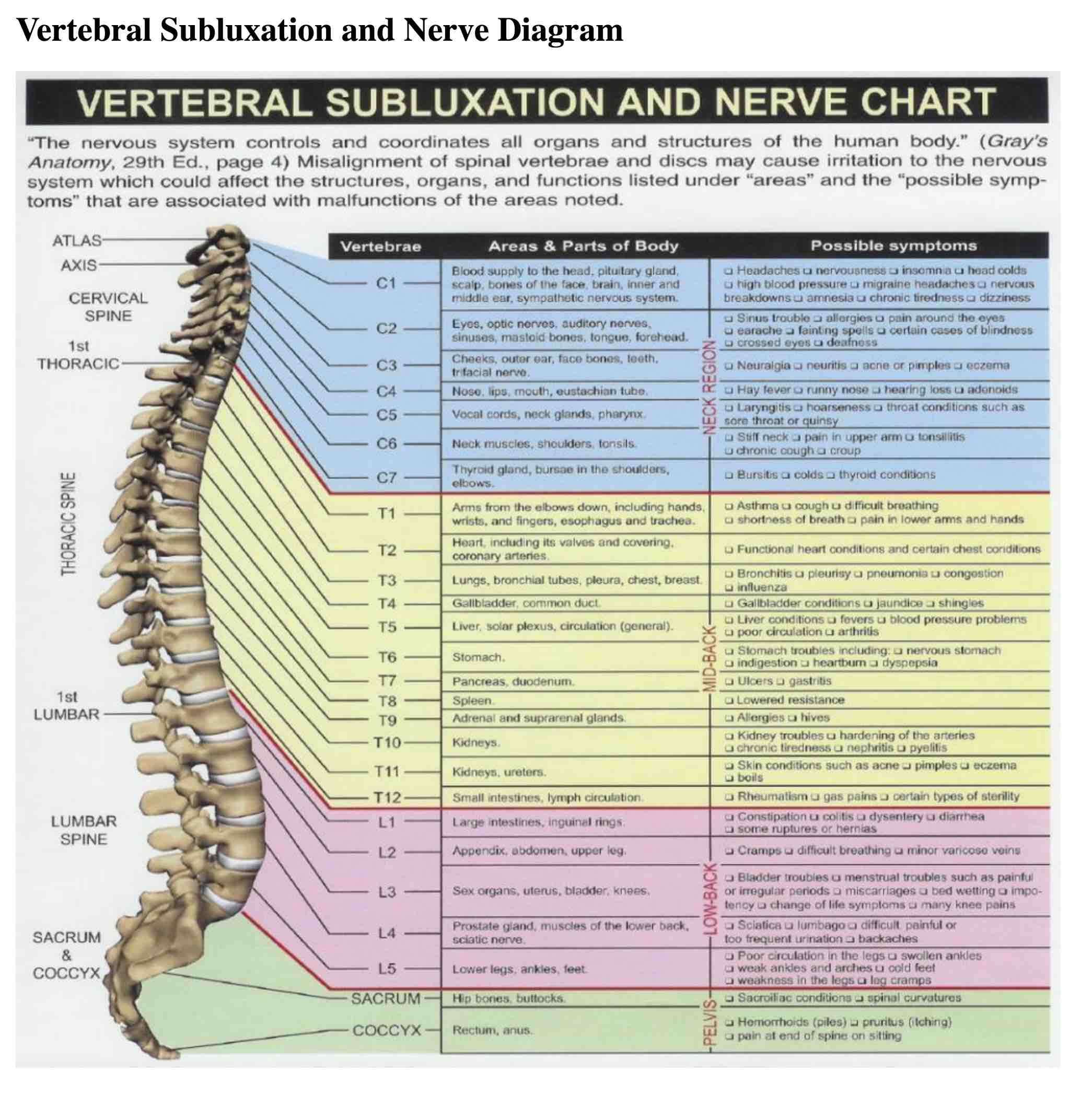
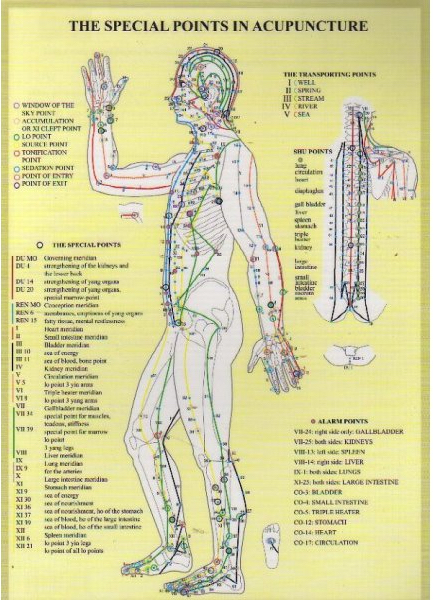
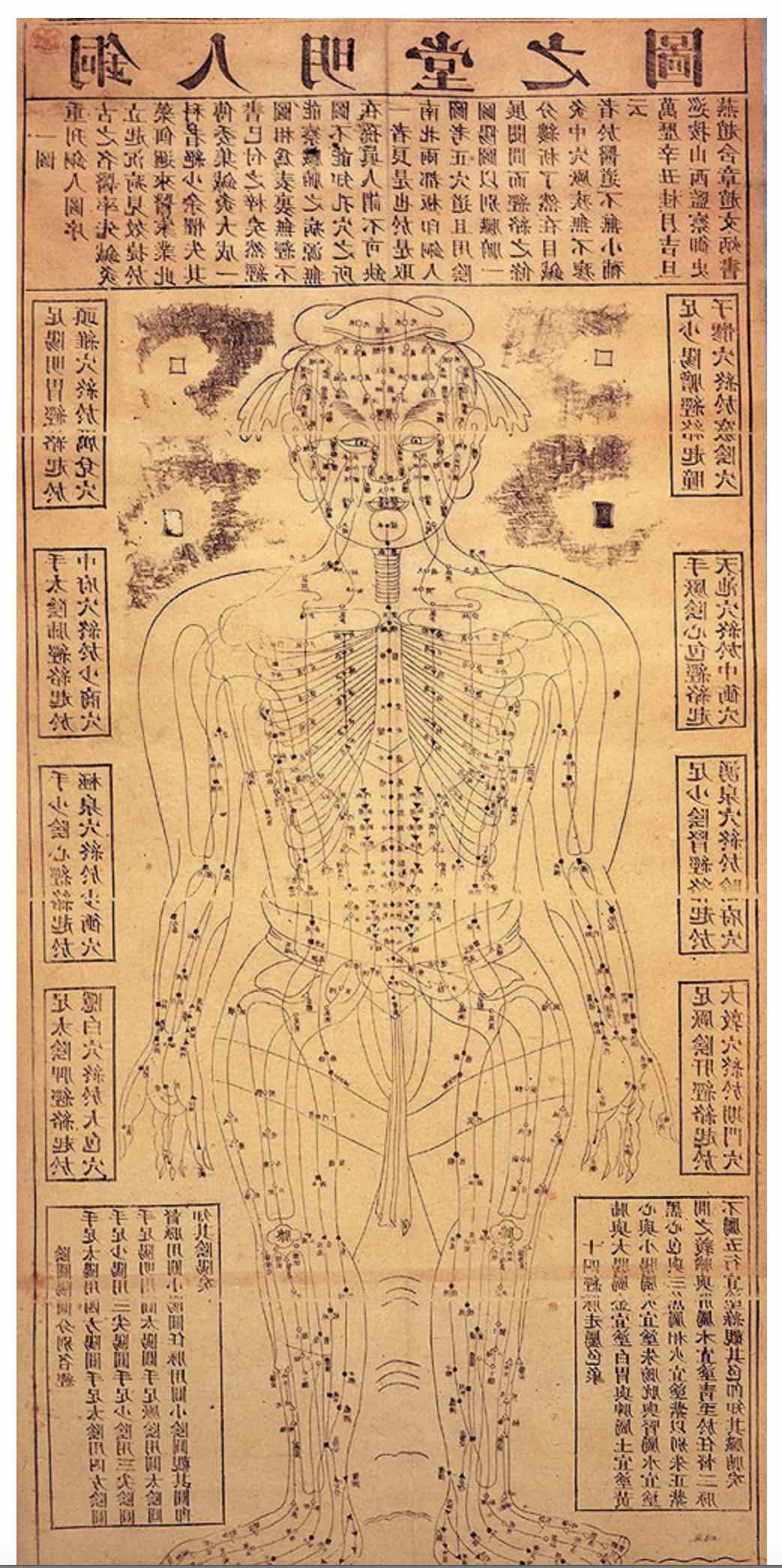
TOTAL HORSE SHIT FOR FOOLS. THERE'S NO SUCH THING AS A SUBLUXATION (READ BELOW) ABOVE MIDDLE TOPO I LIKE THE "WINDOW OF THE SKY POINT"
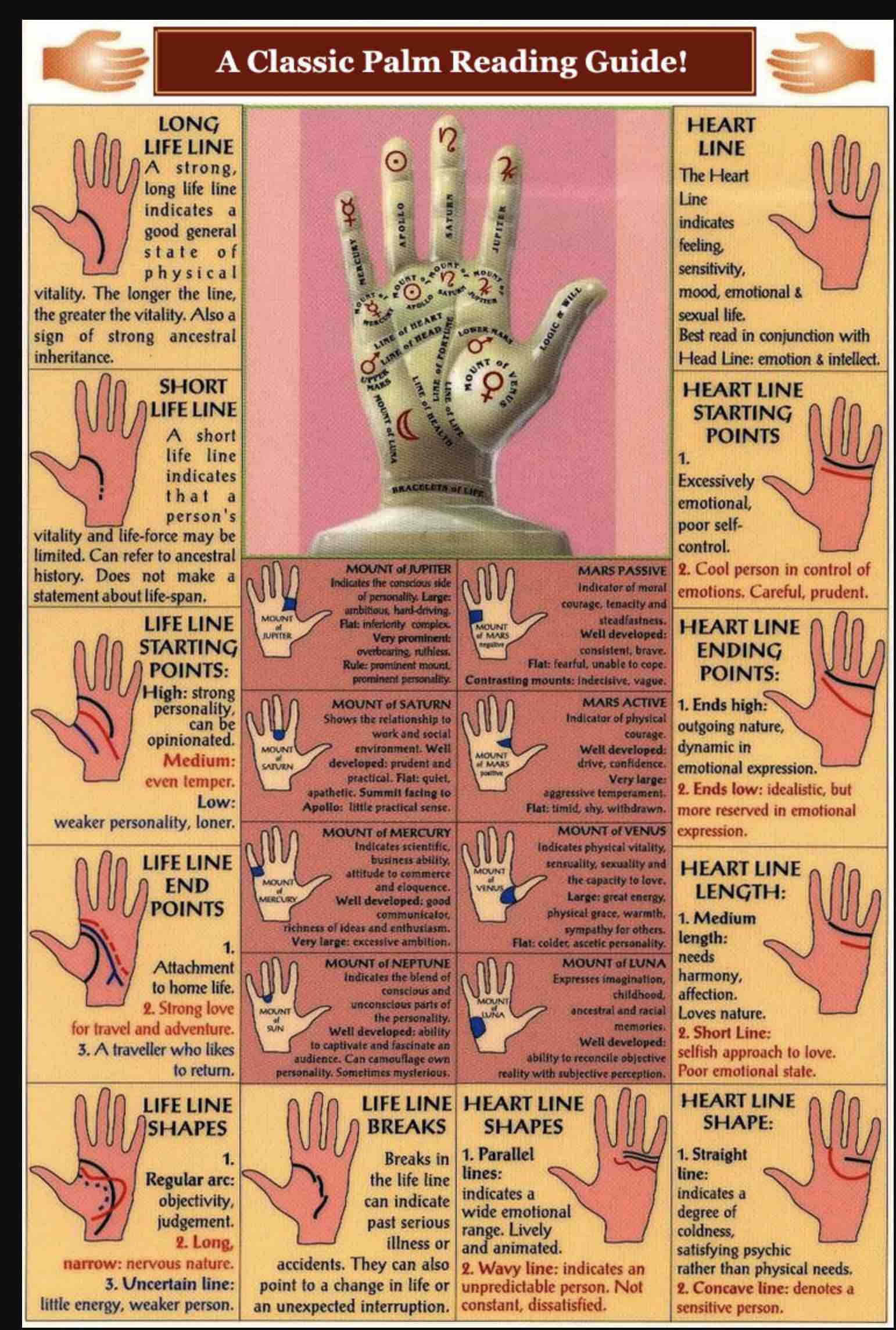

Subluxation: Chiropractic's Elusive BuzzwordStephen Barrett, M.D.
chiroquack copy.jpg
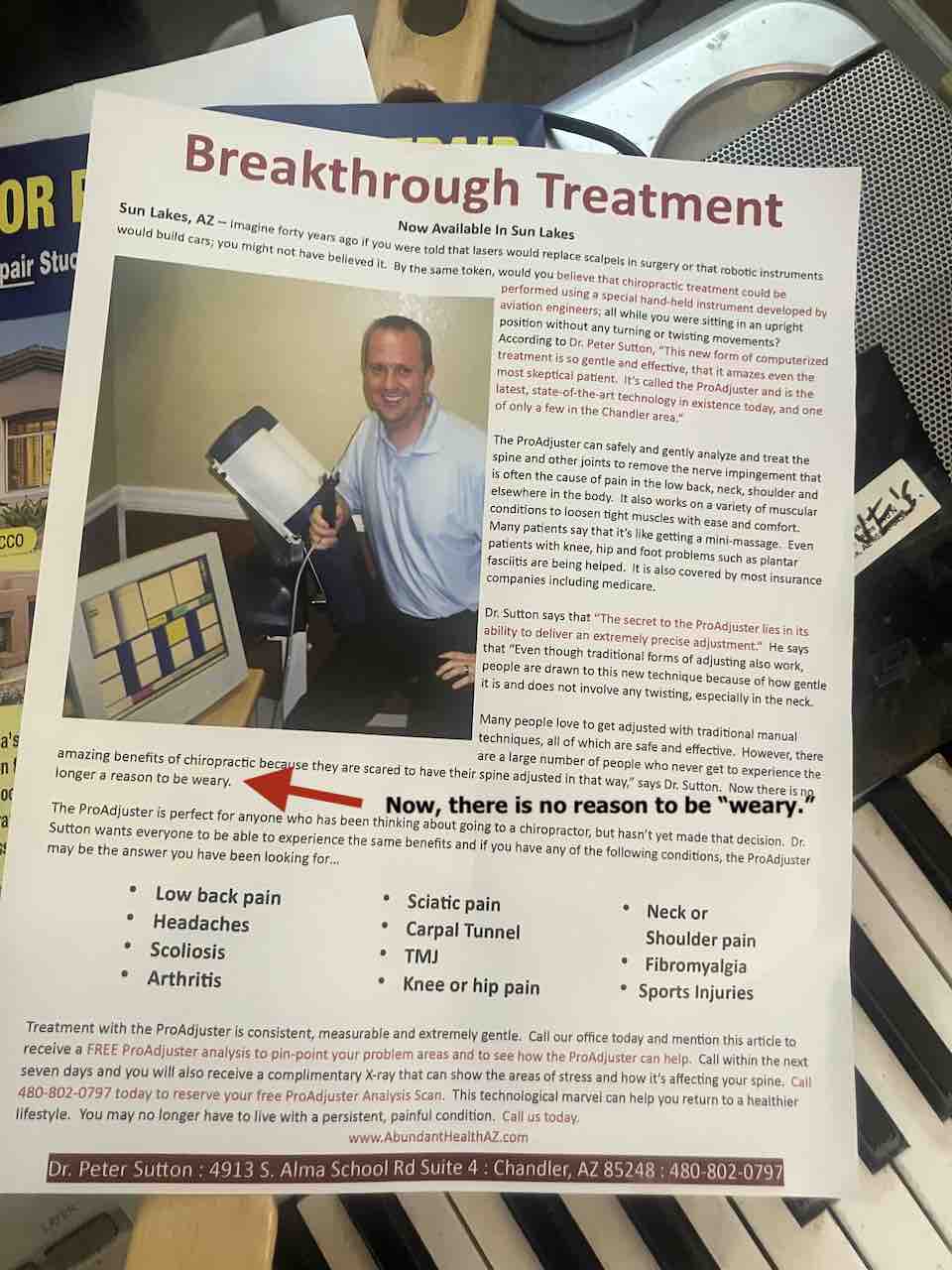
Chiropractic Quack.jpg |
